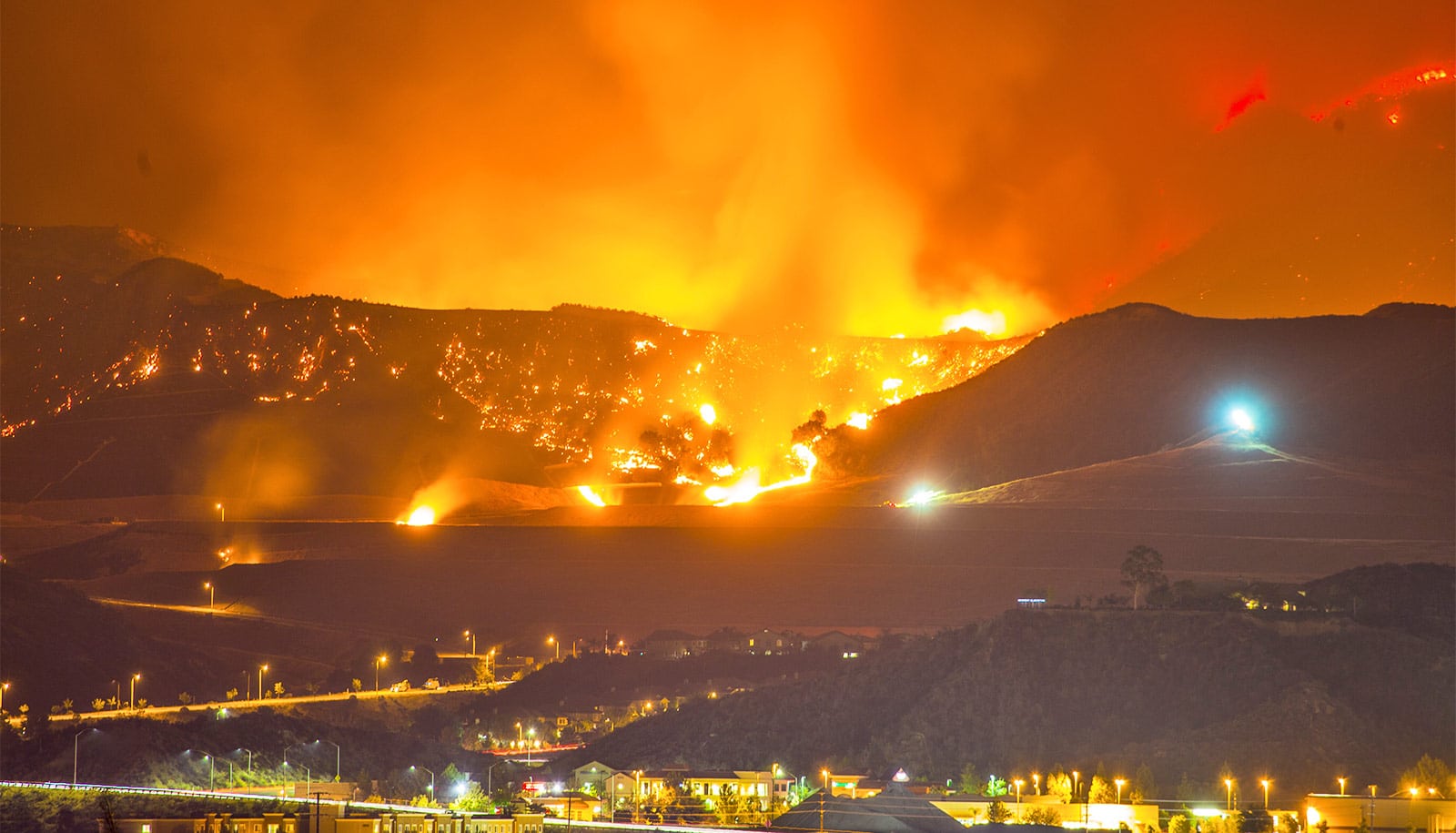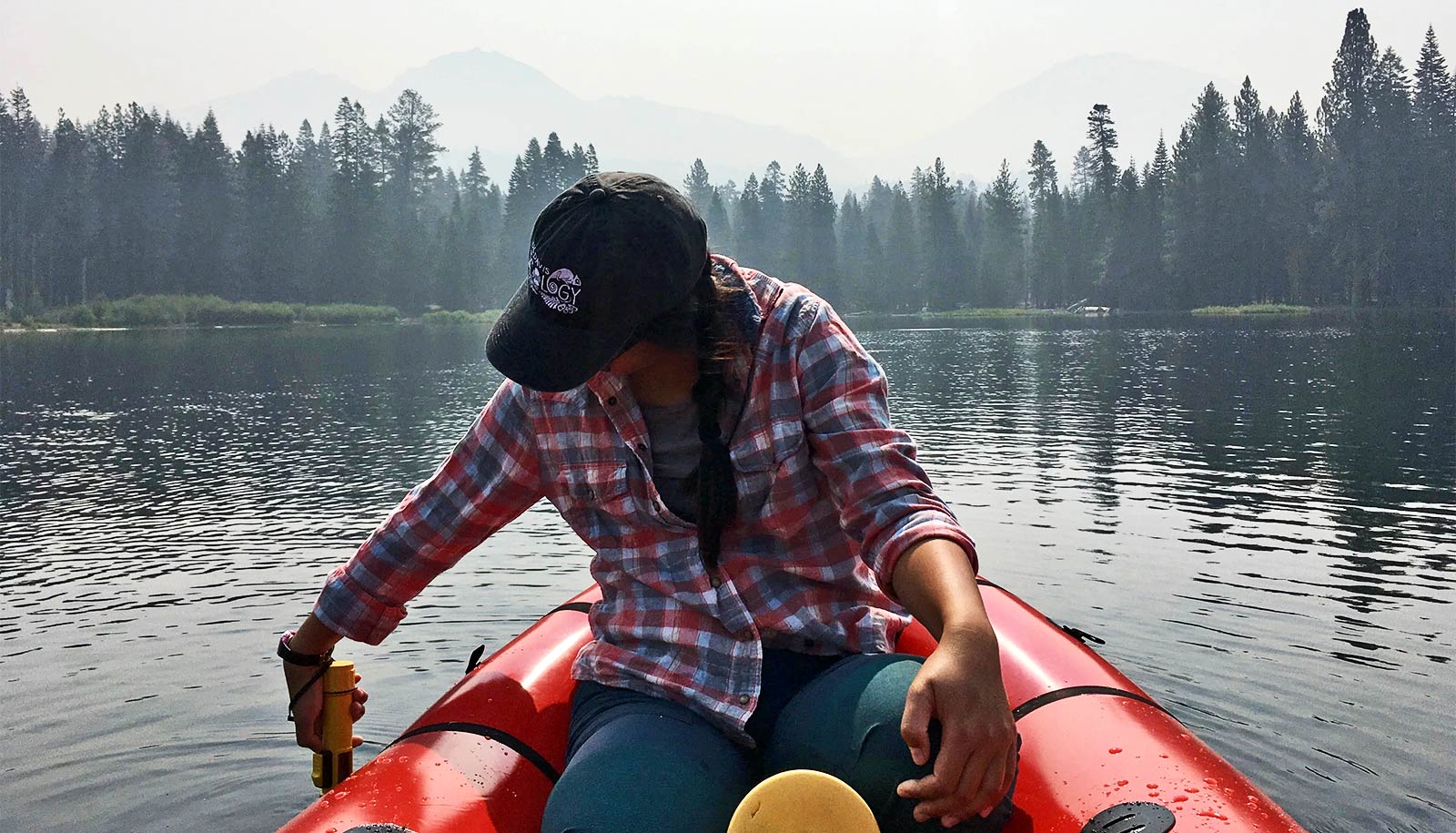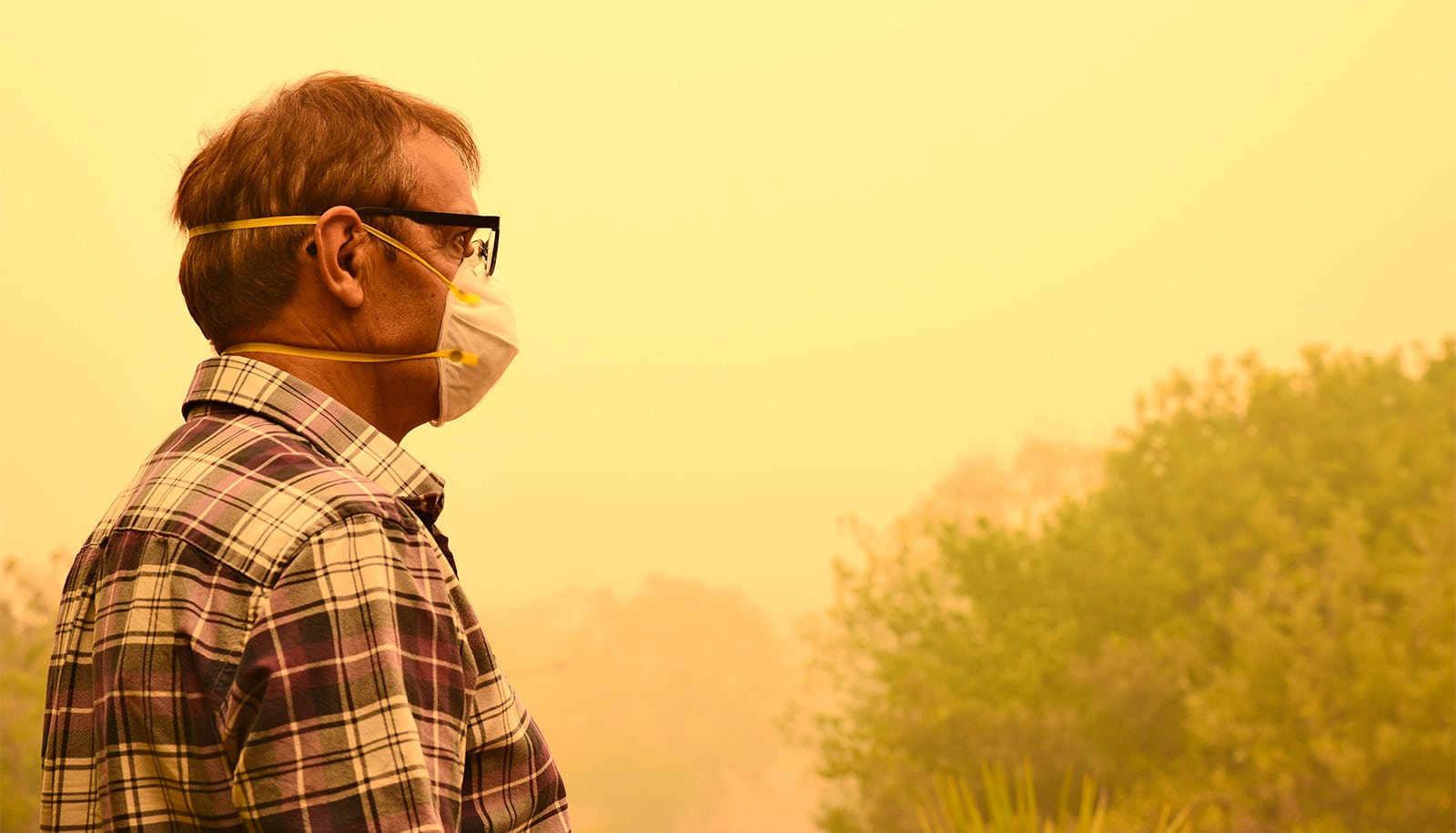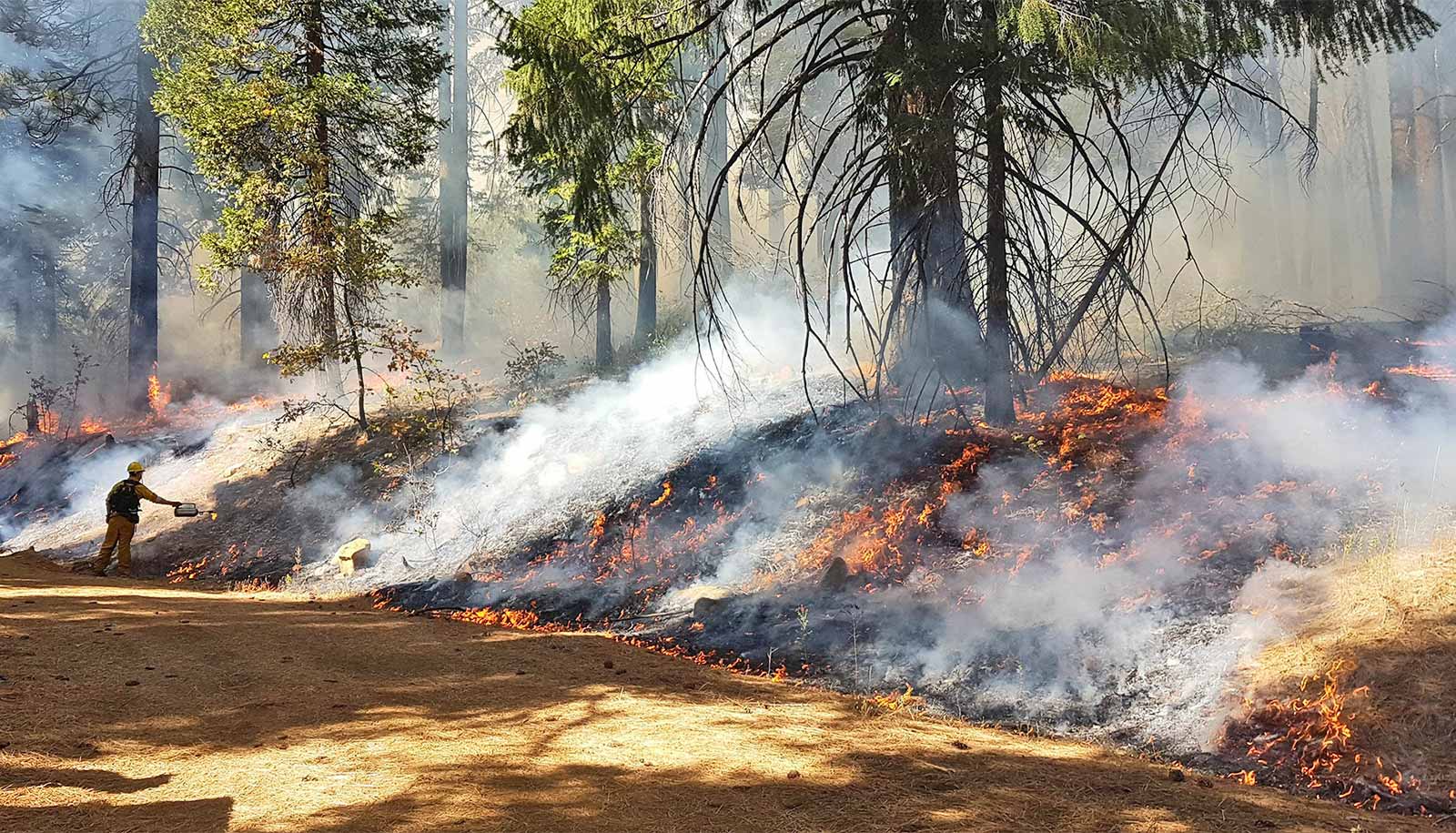Public health researchers have published a study highlighting the compounded effects of frequent wildfires and smoke exposure on physical and mental health, local economies, and community resilience in Southern California.
Through detailed focus groups and surveys across four affected locales—Thermal, Mecca, Oasis, and North Shore—in eastern Coachella Valley, the work provides a comprehensive look at the personal and collective toll these disasters take on residents, says corresponding author Suellen Hopfer, associate professor of health, society, and behavior at the University of California, Irvine’s Joe C. Wen School of Population & Public Health.
The eastern Coachella Valley is a desert ecosystem within Riverside County with increasingly invasive grasslands coupled with extreme heat that frequently experiences wildfires. Hispanic American populations are well established in the valley, with an estimated 92% of residents originating from Latino countries (mostly Mexico). Agriculture and construction are the predominant industries and employers in this region.
Between February and April 2023, Hopfer and her team collected and analyzed 118 valley residents’ personal stories of evacuations, health impacts, and disruptions to daily life caused by fires and smoke. Their findings are among the few to contribute to the literature about how low-income, marginalized communities can respond to and protect themselves from wildfire threats. They also highlight the strength and perseverance of the people fighting these circumstances.
The residents shared stories with the researchers about physical health issues triggered by wildfire smoke. Breathing difficulties, sinus problems, and eye irritation were common, particularly among children, the elderly, and those with preexisting conditions. Equally important were the mental health impacts.
Living with persistent smoke and extreme heat, children unable to go outside, and family members working in extreme heat and smoke resulted in continuous psychological stress, anxiety, and fear. These psychological stressors were exacerbated by the constant possibility of dangerous wildfires.
“This report is made possible by the eastern Coachella Valley families and community residents who shared their fire experiences and effects with our research team,” says Hopfer, who holds a joint appointment in pediatrics.
“Through our community-academia partnership, our findings can serve as a critical resource for policymakers, emergency response teams, and public health officials aiming to develop more effective support systems to protect ECV’s most vulnerable populations.”
The findings, she adds, underscore the urgent need for improved emergency preparedness and resources. Residents called for better communication channels, affordable trash services to reduce fire risks and tailored fire prevention education in Spanish. The study also emphasizes the importance of community interaction in wildfire mitigation, Hopfer says, with neighbors playing crucial roles in alerting and assisting one another during emergencies.
The research appears in the journal Environmental Research Health.
Additional authors are from UC Irvine and Communities for a New California Education Fund.
Support for this work came from the California Air Resources Board.
Source: UC Irvine



